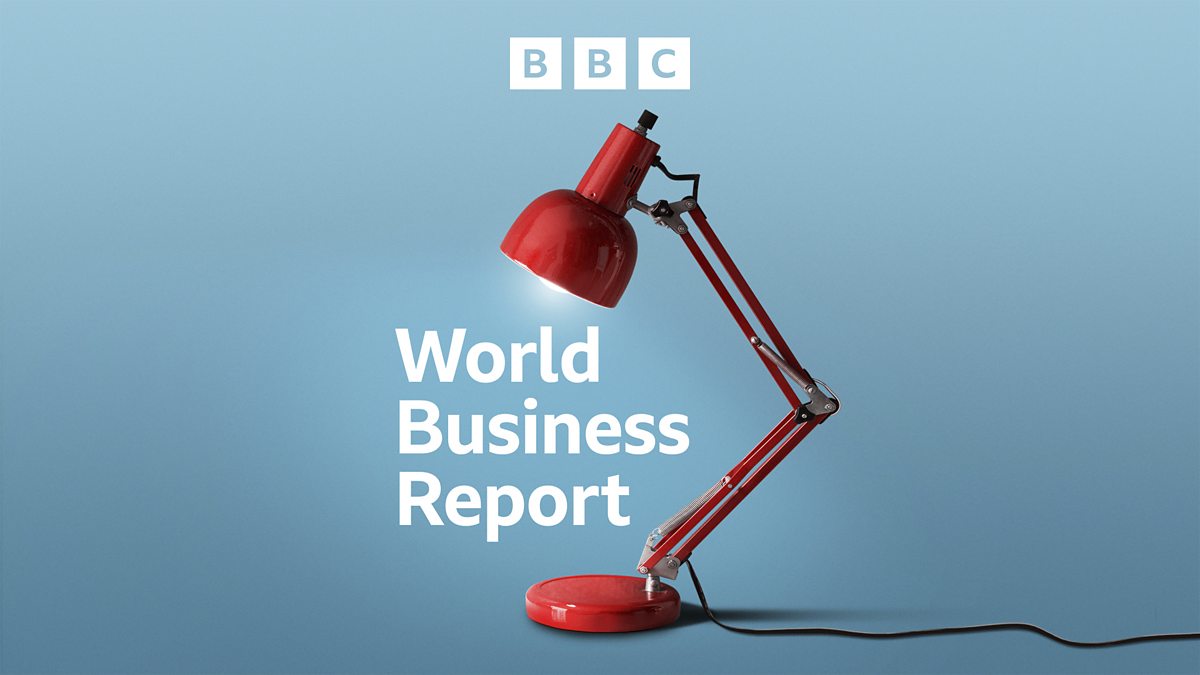The Impact of the Partnership Between U.S. Steel and Nippon Steel
In recent months, the steel industry has been abuzz with news surrounding a potential partnership between two industry giants: U.S. Steel and Japan’s Nippon Steel. This collaboration holds promising implications not just for the companies involved, but also for the broader economy, local communities, and even global markets. Let’s dive into the details of this partnership and explore who stands to benefit.
Key Details of the Partnership
Reports indicate that the deal is likely to close at around $55 per share, which reflects a significant valuation for U.S. Steel. This partnership has gained considerable attention following President Donald Trump’s approval announcement, highlighting its importance in terms of both business strategy and political backing. The question now remains: who will truly benefit from this collaboration?
Local Communities: A Mixed Bag of Hope and Concern
One of the most immediate beneficiaries of this partnership may be local communities in areas where U.S. Steel operates. For instance, Chris Kelly, the Mayor of West Mifflin, a steel town in Pennsylvania, emphasizes the potential for job stability and the revitalization of the local economy. As U.S. Steel aligns itself with Nippon Steel—a company with a robust reputation for quality and innovation—there’s a hopeful expectation that local job opportunities will increase.
However, the partnership does carry some apprehensions. Many community members worry about the long-term implications of foreign ownership and its effects on local identities and economies. The balance of optimism and skepticism reflects a broader concern often seen in industries undergoing significant structural changes.
The Economic Landscape: Global Steel Market Dynamics
The partnership is also likely to reshape the dynamics of the global steel market. Nippon Steel, with its advanced technologies and manufacturing processes, can lend valuable expertise to U.S. Steel, potentially increasing efficiency and output. Such improvements could give the company a competitive edge against rivals in both domestic and international markets.
Moreover, as U.S. Steel positions itself for growth, it might help stabilize pricing in a market that has been affected by fluctuations and trade tensions. This stabilization can benefit other manufacturers down the chain, ultimately impacting consumers who rely on steel products, which range from cars to infrastructure.
Environmental Considerations: A Push Towards Sustainability
As the partnership unfolds, both U.S. Steel and Nippon Steel face increasing scrutiny surrounding environmental practices. Both companies will likely be pressured to adopt more sustainable practices, especially in light of growing environmental regulations and consumer expectations.
Incorporating innovative technologies from Nippon Steel could pave the way for cleaner production techniques, which would not only benefit the companies but also the communities living near their operations. As public sentiment continues to shift towards sustainability, the partnership might offer a pathway to develop environmentally responsible steel production methods that can serve as a benchmark for the entire industry.
The Broader Economic Implications
Beyond local communities, this partnership could have government-level implications, particularly in the context of international trade. As the U.S. steel industry grapples with tariffs and trade agreements, a strong partnership between U.S. Steel and Nippon Steel could strengthen the U.S.’s negotiating position in future trade discussions.
Additionally, the collaboration might draw the attention of other foreign investors looking to enter the U.S. market. As Nippon Steel enjoys a good reputation for quality, more Japanese investments could flow into American infrastructure and manufacturing sectors, further enhancing economic ties between the two nations.
Consumer Perspective: The Challenge of Buying Local
While companies may stand to gain from the partnership, consumers also play an essential role in the equation. One compelling narrative is that of a woman’s quest to buy only U.S.-made goods—an endeavor proving more challenging than expected. This reflects a broader, ongoing conversation about consumer choices, nationalism, and the complexities of global supply chains.
As the steel partnership develops, it may influence consumer perceptions regarding domestic versus foreign products. The push for American-made goods could be complemented by quality improvements stemming from Nippon Steel’s involvement, which might result in a better product for consumers.
Conclusion
The partnership between U.S. Steel and Nippon Steel signifies more than just a business transaction—it highlights a pivotal moment for the steel industry, local economies, and consumer behavior. While the benefits may vary among different stakeholders, the expected outcomes of this collaboration paint a picture of an evolving landscape rife with both opportunities and challenges. As this partnership comes to fruition, its impacts will undoubtedly be closely monitored by industry experts, policymakers, and community members alike.


